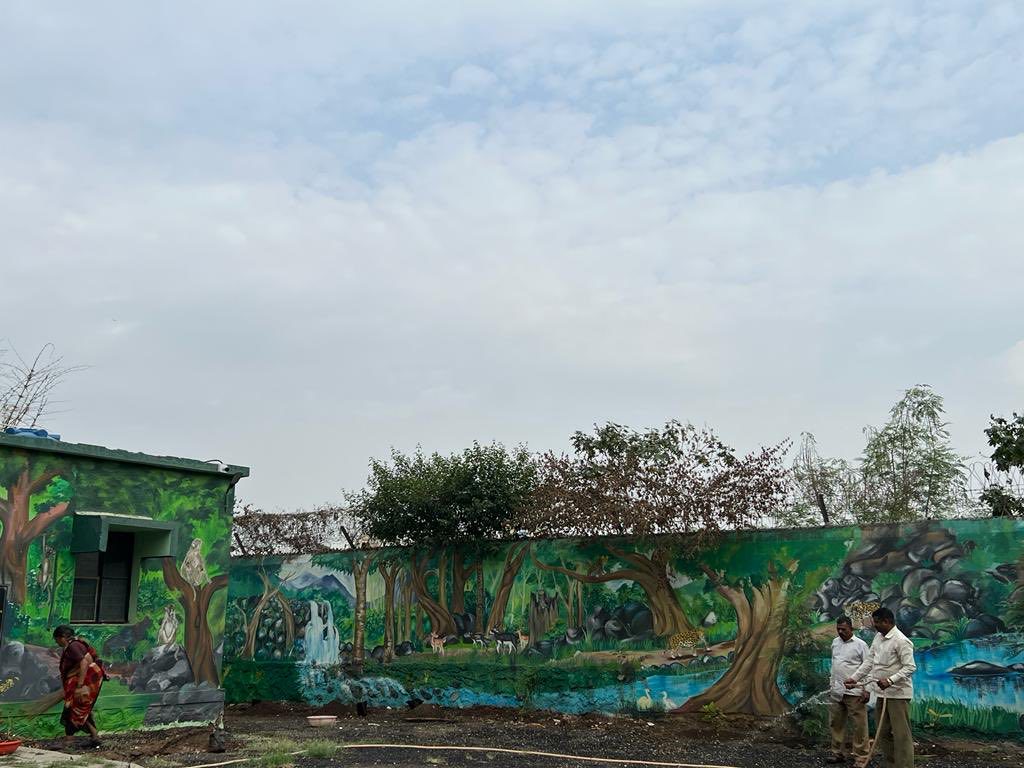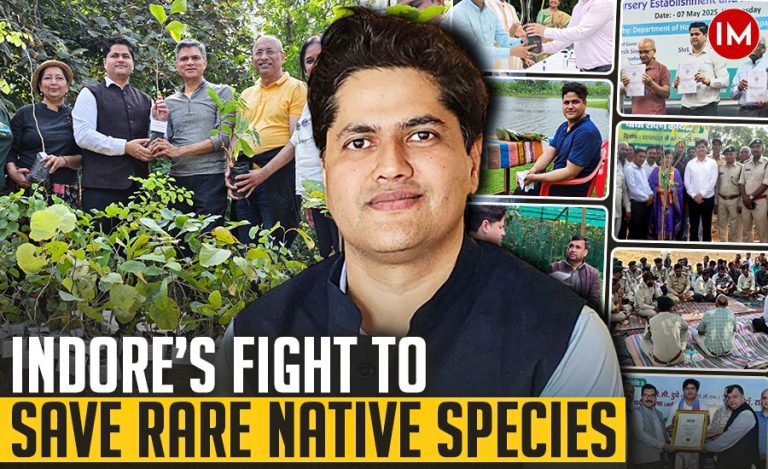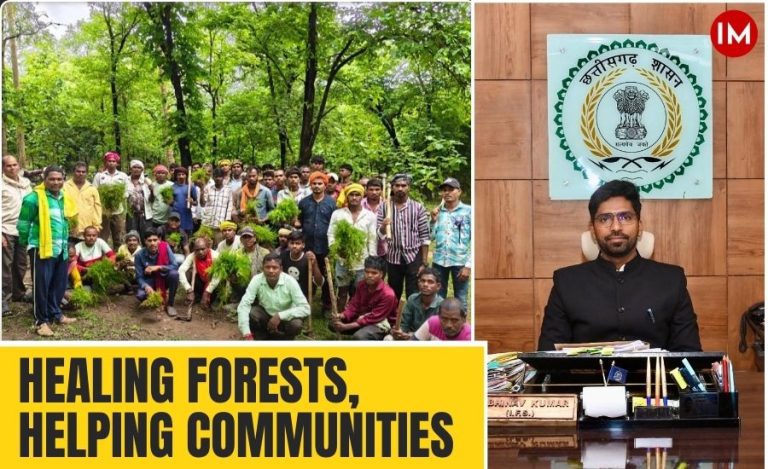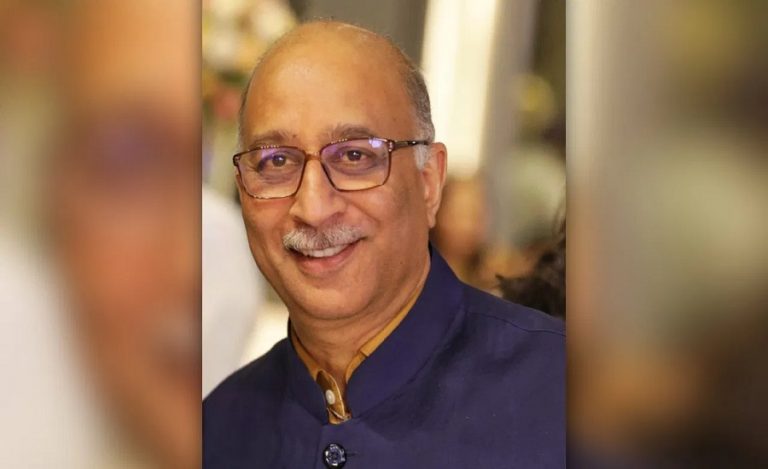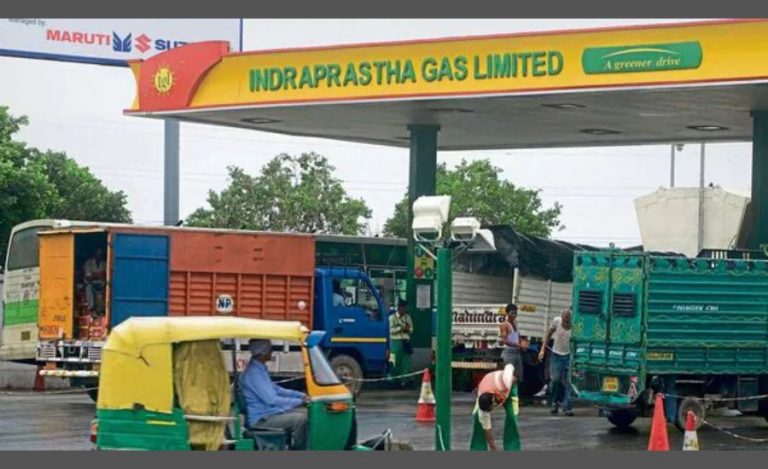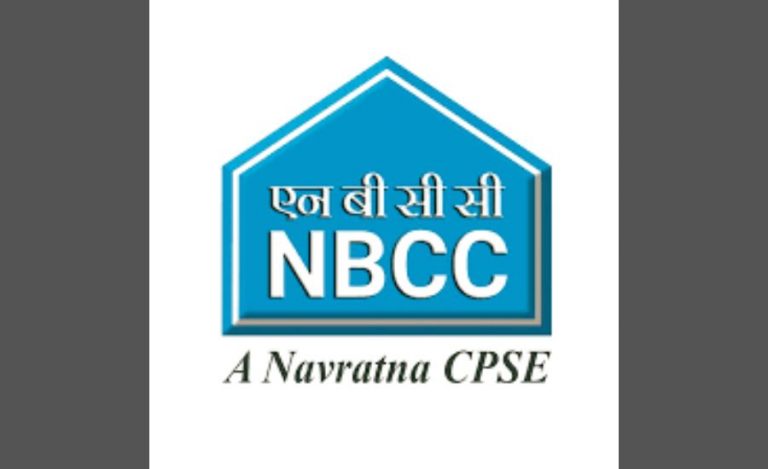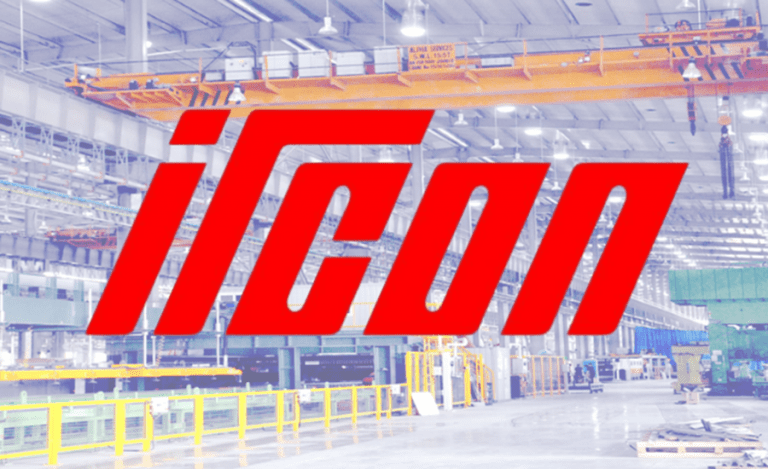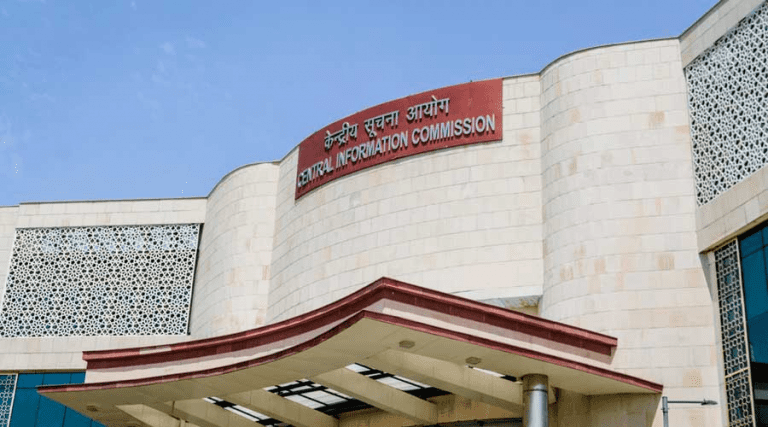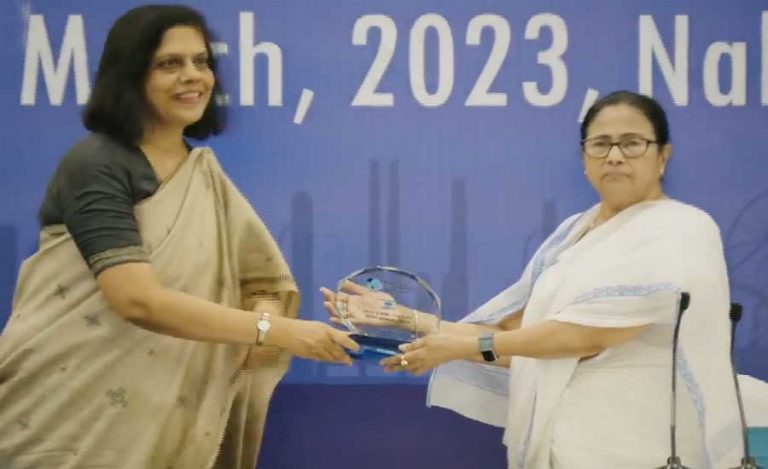Maharashtra’s Nashik Forest Department is currently developing 12 villages into model modern villages. But the concept of a ‘modern village’ is very different! The focus here is on improving quality of life by giving people natural things, not modern amenities. The main idea is to conserve water, soil, and trees, and turn the whole neighbourhood greener.
The department had initially proposed to take up the development of 40 villages in that model. However, the state government gave permission for only 12 villages for now and released funds accordingly for the project.
Indian Masterminds interacted with Deputy Conservator of Forests, Nashik (West), Mr. Pankaj Garg, IFS, to know more about this different concept of model village.
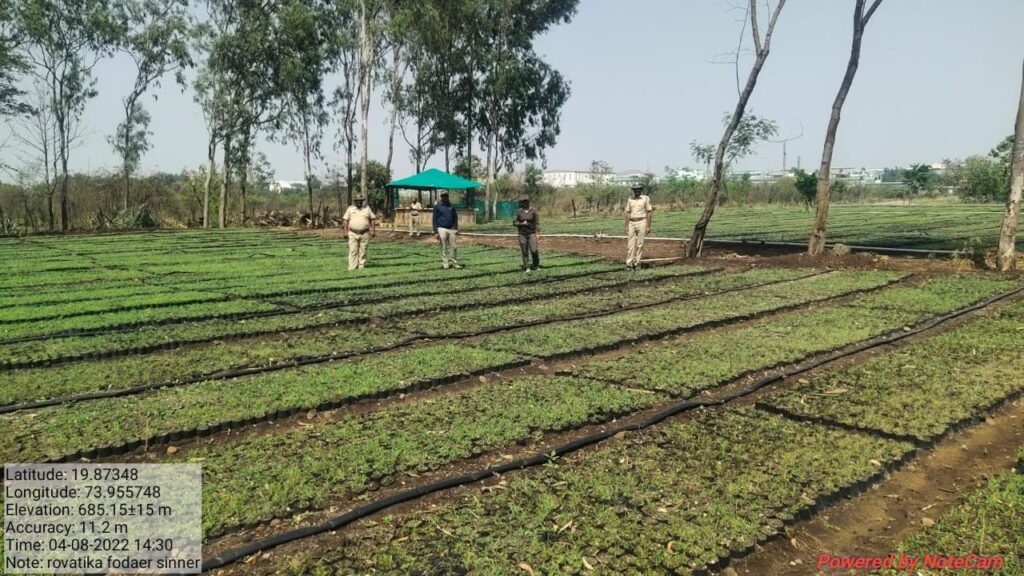
MODEL VILLAGE
The officer told Indian Masterminds that the model village will be ‘modern’ in a different way. It will be modern from the perspective of the forest- tree productivity will increase, field productivity will go up, and water level will rise. There will be all-round development in the conservation field.
“We have eight ranges, and in every range, we are choosing few villages and working on them. Before monsoon starts, the work will be completed, and the results will be visible.”
PHASES OF DEVELOPMENT
Mr. Garg explained the developmental works being carried out by his department in the ‘model villages’ in detail.
- Soil moisture conservation work. The entire watershed related to forest in a particular village is treated using many techniques, like Deep CCT. At a time, when ground water is continuously decreasing everywhere and even disappearing in some areas, the Nashik Forest Department’s Deep Continuous Contour Trenches (Deep CCT) technique is successfully raising the ground water level in the district. Deep CCT are Water Guzzling Boxes which can percolate millions of litres of water in soil during monsoons. It is very effective in ground water recharge. These Deep CCTs are dug only through hands in the rough terrain of the Western Ghats, as proper workmanship cannot be achieved through JCBs. The efforts are paying off as they are leading to lesser water run-off and higher ground water replacement. Indian Masterminds had previously done a detailed story on Deep CCT. Here is the link:

2. Distributing LPG connections to villagers. This is being done to cut down the use of fuelwood. To pave the way for forest conservation and reduce fuel pollution, the department started providing LPG connection to the tribal people living in the forests to reduce their dependence on forests for fuelwood. This initiative has helped in bringing down the use of wood at homes and the tribal people have also started treating the forest in a positive manner. 4160 beneficiaries have been covered since 2017 so far. Extraction of wood biomass from the forests for fuel is one of the factors that reduces the forest cover and raises pollution alarm, as rural households of tribals rely entirely on this for their domestic energy. But, with the subsidised LPG initiative, the scenario is changing rapidly. For more details, check out our previous story on this initiative:
Subsidised LPG Distribution Reducing Tribals’ Dependence On Forests

3. Solar water heater. The people cook their food on gas but for hot water, they again depend on fuelwood. So,the forest department is planning to install a centralised solar water heater in villages,so that the villagers can easily get hot water.
4. Extensive plantation of fruit bearing trees outside the forests so that they can be beneficial for all. Also, around 300-400 hectares of area is being developed into grassland this year for cattle,which are the main nutrition source for the poor tribals, and they usually leave them in the forest areas for grazing. But, with grasslands, they can feed their cattle at home and if the cattle’s nutrition improves, then they will get good dairy products and other stuff, and the villagers’ nutritional intake will also improve.
“So, this is the concept of ‘model village’ in the eye of the forest department that will be given shape in phases. This is just the starting point, where we are focussing on water and soil conservation. Later, we will boost the solar initiative and then go to nutrition, grassland, and plantation,” Mr. Garg said.
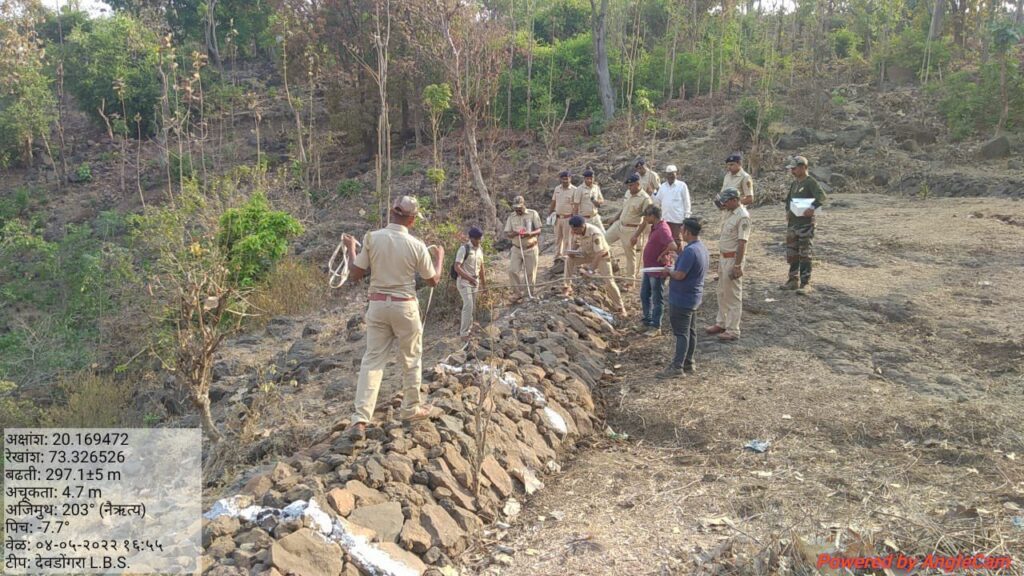
FUTURE PLANS
He further said that for two to three years, they will focus on developing these model villages only. “For this, we are trying to coordinate with the Zilla Parishad also so that there is holistic development. Quality of life will improve and so will the standard of living of the villagers. So, we have invited the Zilla Parishad to choose a few villages and work with us on developing them, so that together we can give the best results.”

